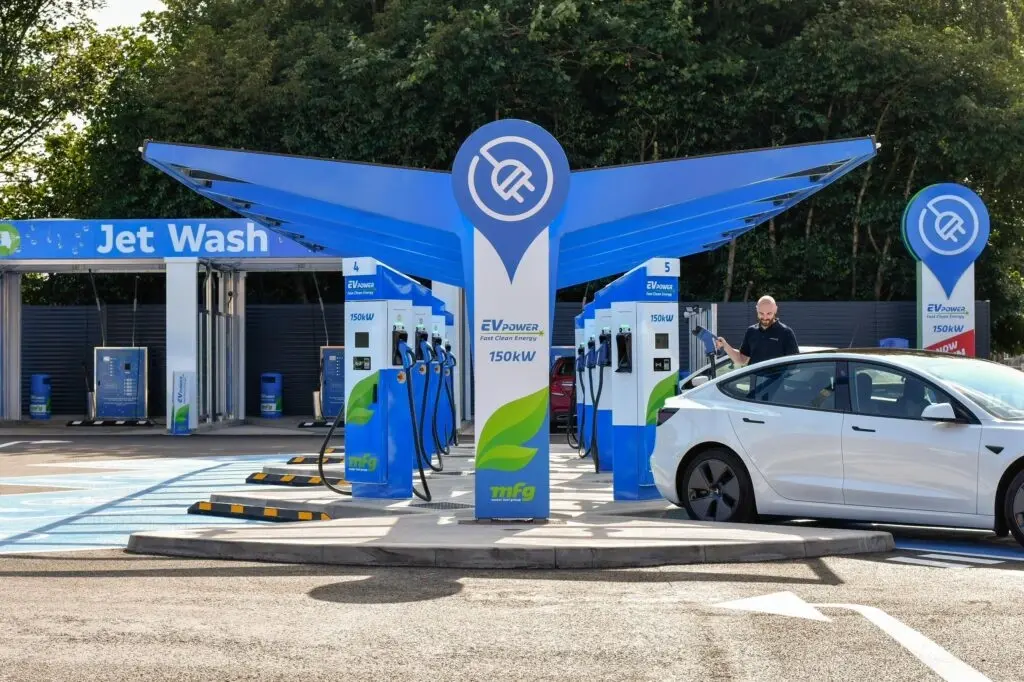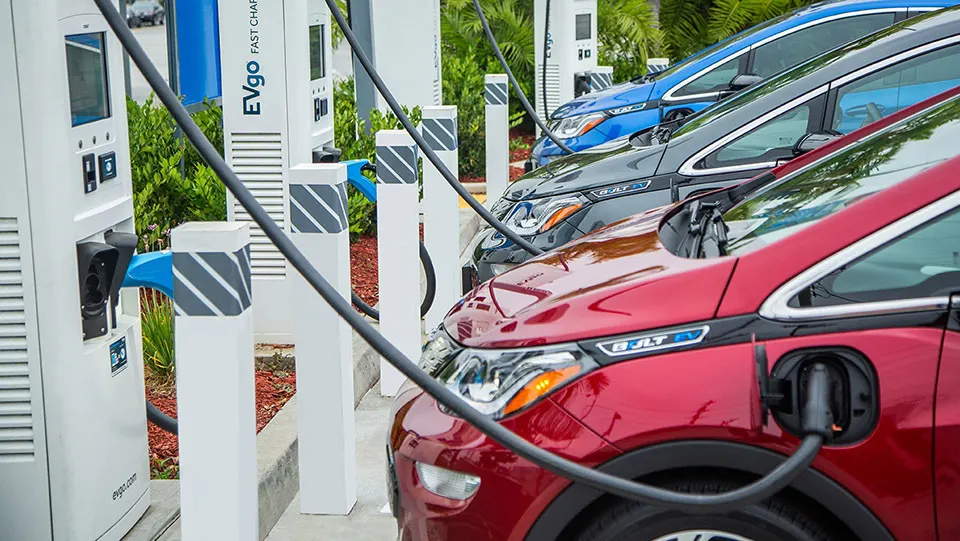In recent years, India has emerged as one of the world’s fastest-growing markets for electric vehicles (EVs). With ambitious government targets and a growing range of EV models hitting the market, the future of EVs in India appears exceptionally promising.
In this article, we’ll explore the five major advantages and disadvantages of EV in India as well as what current challenges, and the bright future awaiting EVs in India.
Table of Contents
Advantages of Electric Vehicles in India
- Reduced Pollution: One of the most pressing concerns in Indian cities is air pollution. EVs offer a sustainable solution by producing zero tailpipe emissions. As they silently glide through the streets, EVs help combat the urban air quality crisis.
- Lower Running Costs: The economic advantage of EVs is undeniable. Electricity, as a fuel source, is considerably cheaper than petrol or diesel. Over time, EV owners can save a substantial amount of money on fuel costs, contributing to their financial well-being.
- Low Maintenance: Conventional petrol or diesel vehicles are packed with intricate moving parts, which necessitate regular maintenance. In contrast, EVs have fewer moving components, leading to reduced maintenance requirements and expenses for their owners.
- Improved Performance: The immediate torque delivery of EVs grants them impressive acceleration capabilities. This quick response sets them apart from traditional vehicles, making them an exciting choice for Indian consumers who appreciate responsive driving.
- Reduced Noise: EVs are known for their quiet operation. In contrast to the constant hum of internal combustion engines, the silence of EVs offers a serene driving experience. This feature not only enhances comfort but also contributes to reduced noise pollution in crowded urban areas.
Disadvantages of Electric Vehicles in India
- High Upfront Cost: One of the persistent challenges in EV adoption is the initial purchase price. EVs remain more expensive than traditional petrol or diesel-powered vehicles. Although government subsidies are in place, further efforts are required to make EVs accessible to a wider range of consumers.
- Lack of Charging Infrastructure: A significant hurdle is the scarcity of public EV charging stations in India. Many EV owners depend on home charging solutions, which can be problematic for those living in apartments or multi-unit housing complexes. The expansion of charging infrastructure is essential for promoting EV adoption.
- Limited Range: EVs are typically designed for short to medium-range commutes. This limited range can pose issues for those who require long-distance travel, further underscoring the importance of building a robust charging network.
- Long Charging Times: The charging time of EVs can be a deterrent, especially when using slower chargers. Several hours may be required to achieve a full charge, which might inconvenience those with busy schedules.
- Battery Degradation: Over time, EV batteries degrade, affecting the vehicle’s overall range. To sustain the appeal of EVs, there is a need for continued advancements in battery technology to address this concern.
The Future of Electric Vehicles in India



Despite these challenges, the future of EVs in India remains bright. The Indian government’s strong commitment to EV adoption is unwavering. A growing number of automakers are launching innovative EV models tailored to the Indian market. Additionally, the cost of EVs is gradually decreasing, thanks in part to government subsidies and advancing technology.
Conclusion
As India’s charging infrastructure undergoes expansion and improvement, and as the upfront cost of EVs continues to decline, we anticipate a significant surge in EV adoption across the country in the forthcoming years. India’s burgeoning middle class, an abundance of raw materials, and a skilled workforce position the country as a pivotal player in the global EV revolution.
The roads of India are undoubtedly set to be transformed by the silent hum of electric vehicles, contributing to cleaner air, quieter streets, and a brighter, more sustainable future for all.
Thank you so much for reading. If you have any query please let us know through below comment box. We appreciate you valuable time.
Frequently Asked Questions (FAQ)
When will electric vehicles be mainstream in India?
This depends on a number of factors, including the cost of electric vehicles, the availability of charging infrastructure, and government incentives. Some experts believe that electric vehicles could become mainstream in India within the next 5-10 years, while others believe it could take longer.
How will the Indian government support the adoption of electric vehicles?
The Indian government has already announced a number of initiatives to support the adoption of electric vehicles, such as subsidies for electric vehicles and charging infrastructure, and tax breaks for electric vehicle manufacturers.
However, more needs to be done to make electric vehicles more affordable and accessible to Indian consumers.
What will be the impact of electric vehicles on the Indian economy?
Electric vehicles are expected to have a positive impact on the Indian economy. They will create new jobs, reduce India’s reliance on imported oil, and improve air quality.
However, there are also some potential challenges, such as the impact on the traditional automotive industry and the need for investment in charging infrastructure.

1 thought on “Future of electric vehicles in India: 5 Major advantages and disadvantages”